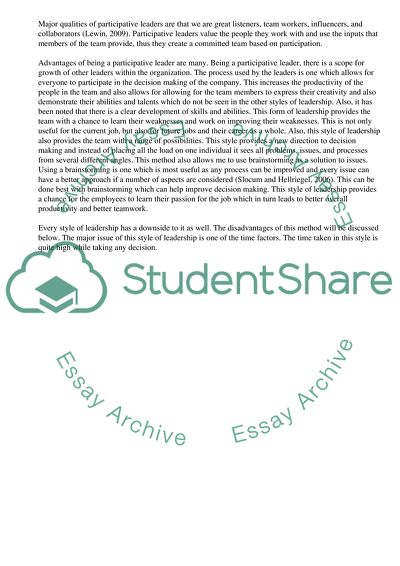Cite this document
(Mintzbergs Leadership Test and Reflection Assignment, n.d.)
Mintzbergs Leadership Test and Reflection Assignment. Retrieved from https://studentshare.org/management/1554373-mintzbergs-leadership-theory-strengths-and-weaknesses
Mintzbergs Leadership Test and Reflection Assignment. Retrieved from https://studentshare.org/management/1554373-mintzbergs-leadership-theory-strengths-and-weaknesses
(Mintzbergs Leadership Test and Reflection Assignment)
Mintzbergs Leadership Test and Reflection Assignment. https://studentshare.org/management/1554373-mintzbergs-leadership-theory-strengths-and-weaknesses.
Mintzbergs Leadership Test and Reflection Assignment. https://studentshare.org/management/1554373-mintzbergs-leadership-theory-strengths-and-weaknesses.
“Mintzbergs Leadership Test and Reflection Assignment”, n.d. https://studentshare.org/management/1554373-mintzbergs-leadership-theory-strengths-and-weaknesses.


